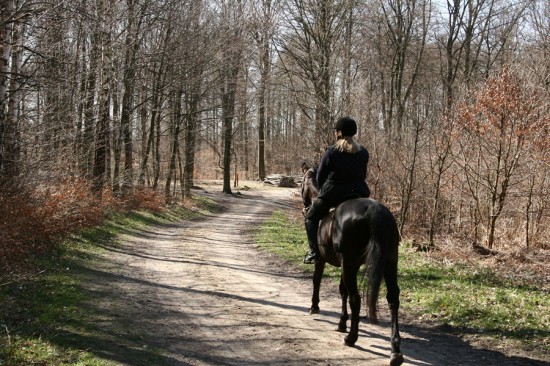
Since the dawn of time, mankind has had an interesting relationship with animals. In some ways, the history of modern man is intimately linked to our interaction with animals. Dog's, for instance, have long been considered man's best friend. Any dog owner will gladly confirm this for you. Cat's, too, have been living in close quarters with man for literally thousands of years.
In modern times, there has been a lot of research and experimentation regarding the use of horses in various forms of therapy. Back in the early 1900's, Dame Agnes Hunt used horses in the rehabilitation of her patients at the first orthopedic hospital in England. A few years later, therapeutic riding was introduced to soldiers injured on the battlefield during World War I.
In the 1952 Olympic Games in Helsinki, an amazing feat was accomplished. Dame Liz Hartel, a former Danish dressage rider, decided to compete in spite of being severely paralyzed by Polio. She became an inspiration to millions of people, when she won the Silver medal that year. Over time, doctors and therapists realized that exposure to animals was having a rehabilitative effect on their patients.
A number of organizations were established to reflect the interests of this new form of therapy. In the early 1960's, the first therapeutic riding program in Canada was established by Dr. Elmer Butt. More recently, The Federation of Riding for the Disabled International was created. This organization serves to coordinate efforts between therapeutic riding centers all around the world, and have they been instrumental in helping this form of therapy gain the recognition it deserves.
Horseback riding is currently being used in many types of therapy. It is being used to help children suffering from physical disabilities, as in the case of Dame Liz Hartel. It is also gaining mainstream acceptance as a form of therapy for children with emotional or psychological disabilities. Children are naturally drawn to these majestic and beautiful animals, and many develop meaningful bonds that can last a lifetime.
In the case of children with Autism, riding can provide them with the sensory stimulation they need. The motion of the horse is highly rhythmic, and provides something for the child to focus on. As the child progresses with the horse, they are often introduced to group riding sessions. This allows for socialization and bonding in a peer setting, further supporting the child's progress as a healthy, functioning individual.
 Does A Breed Of Dog Say A Lot About Their Owner?
Does A Breed Of D
Does A Breed Of Dog Say A Lot About Their Owner?
Does A Breed Of D
 Breathing Problems In The Chihuahua
Breathing Problem
Breathing Problems In The Chihuahua
Breathing Problem
 The Countryside Code For Horse Riders
The Countryside C
The Countryside Code For Horse Riders
The Countryside C
 The Expert Way To Find Dog Ownership Success
The Expert Way To Find Dog Ownership Success
W
The Expert Way To Find Dog Ownership Success
The Expert Way To Find Dog Ownership Success
W
 Cats, Hot Weather And Heatstroke
Cats, Hot Weather
Cats, Hot Weather And Heatstroke
Cats, Hot Weather
Copyright © 2005-2016 Pet Information All Rights Reserved
Contact us: www162date@outlook.com